From Wingtips to Work Boots
Bowls and platters were a second career for Brooklyn wood turner Phil Gautreau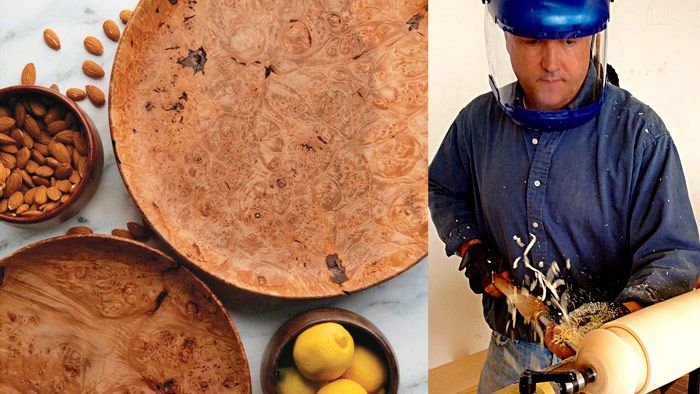
Phil Gautreau, whose turned platters are featured in the Gallery of issue #259, was in the midst of a successful career in health-care management when he started taking woodworking classes.
“It was infectious—I really loved the freedom to design and create something with my hands,” he says.
“Eventually I was spending more weekends in the shop, my skills improved, and four years ago, right around my 50th birthday, after some careful planning, I decided to swap my wingtips for work boots and start my own woodworking business.”
His shop is located in the heart of Brooklyn, N.Y., where one source of the burl wood he uses for his turned vessels and platters is the nearby Brooklyn Botanic Garden. “When trees are damaged from storms or need trimming as a result of age, I work with their arborists to use in my turned pieces,” he says. Other wood comes from farther afield, such as the maple burl he used in the platters. That came from Columbia County, about two hours north of his shop.

If you look through his gallery of work at www.philgautreau.net, you’ll see a lot of vessels and bowls of all shapes and sizes. The platters are a relatively new wrinkle. As Gautreau describes it, “The design inspiration for these two maple burl platters was more of an accident than a plan. I’d intended to turn two saucer-shaped hollow forms, but the wood blank thickness was better suited to the open platter form.” Since both pieces sold quickly, he’s started making more.
Gautreau grew up in New England, where he picked up the woodworking hobby from his father. “He’s an original do-it-yourselfer still living in the house designed and built by my grandfather. My Dad and I worked on projects in our wood shop and it was through his example I learned a simple concept: “build and repair,” rather than ‘discard and replace.’ That’s also where I discovered the complexities and the tactile beauty of wood, and where I developed my artistic instinct to make functional pieces.”
To see more of Gautreau’s work, launch the slide show below.
Fine Woodworking Recommended Products
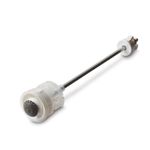
CrushGrind Pepper Mill Mechanism

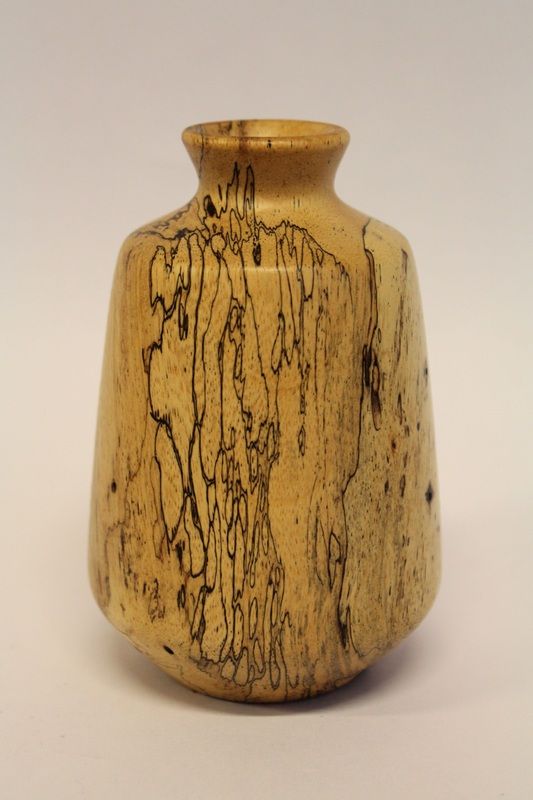
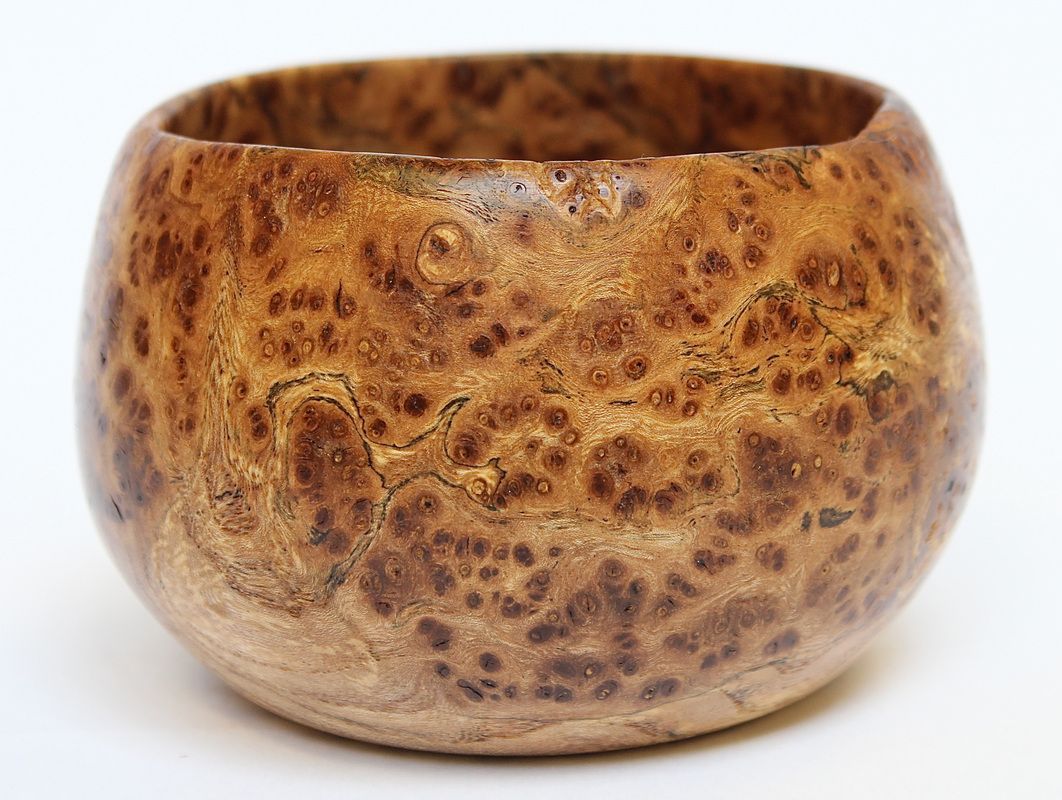
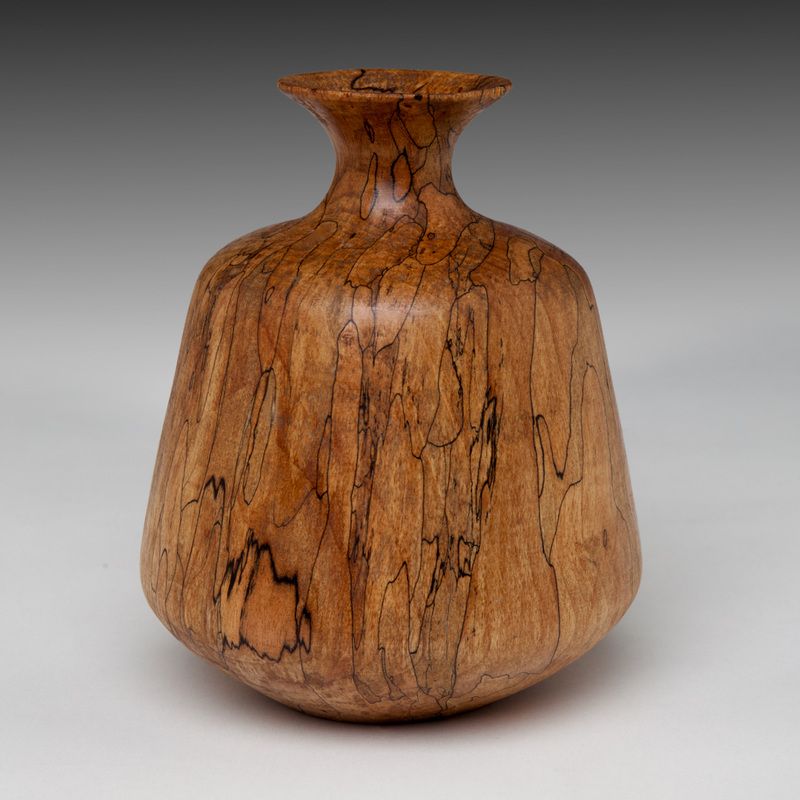

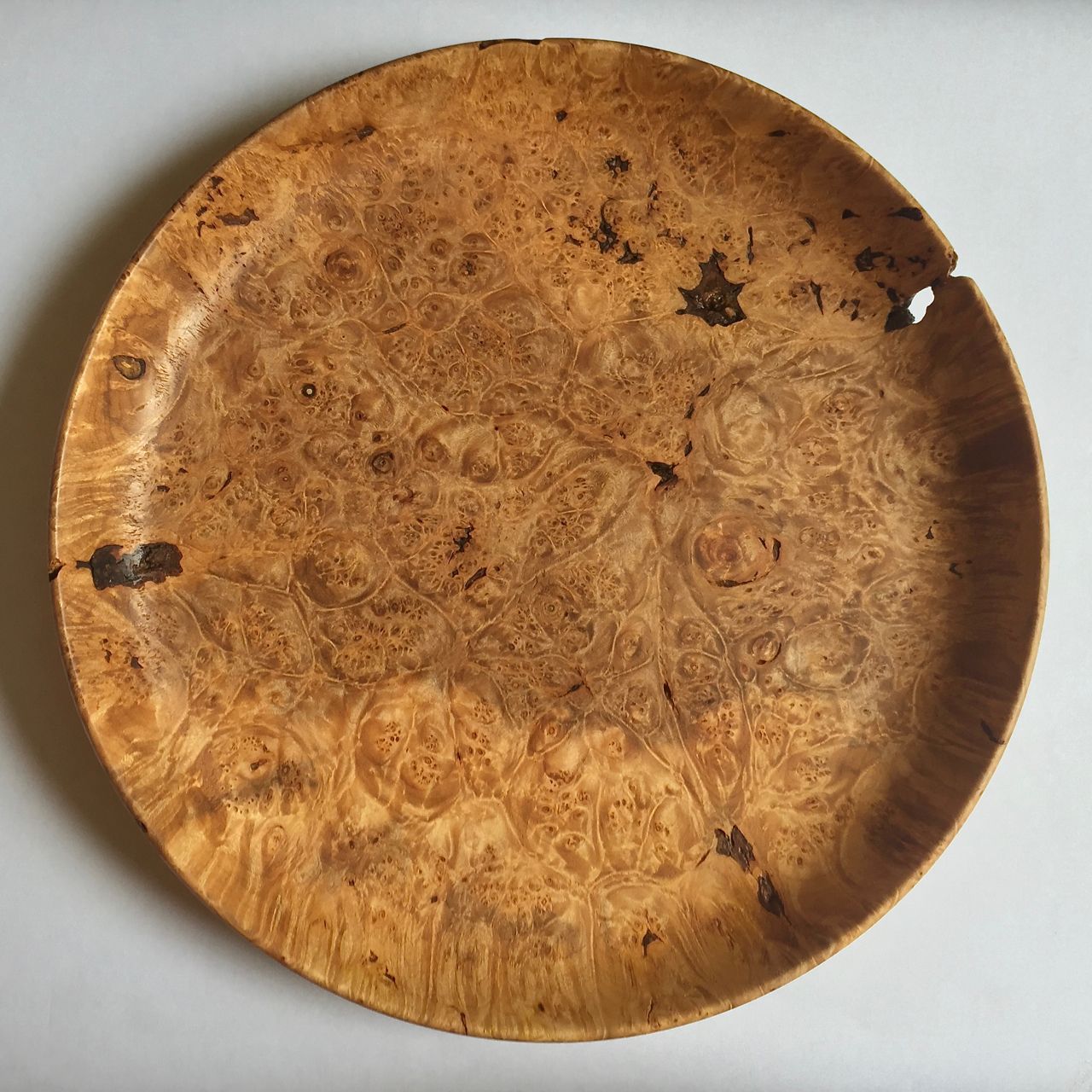
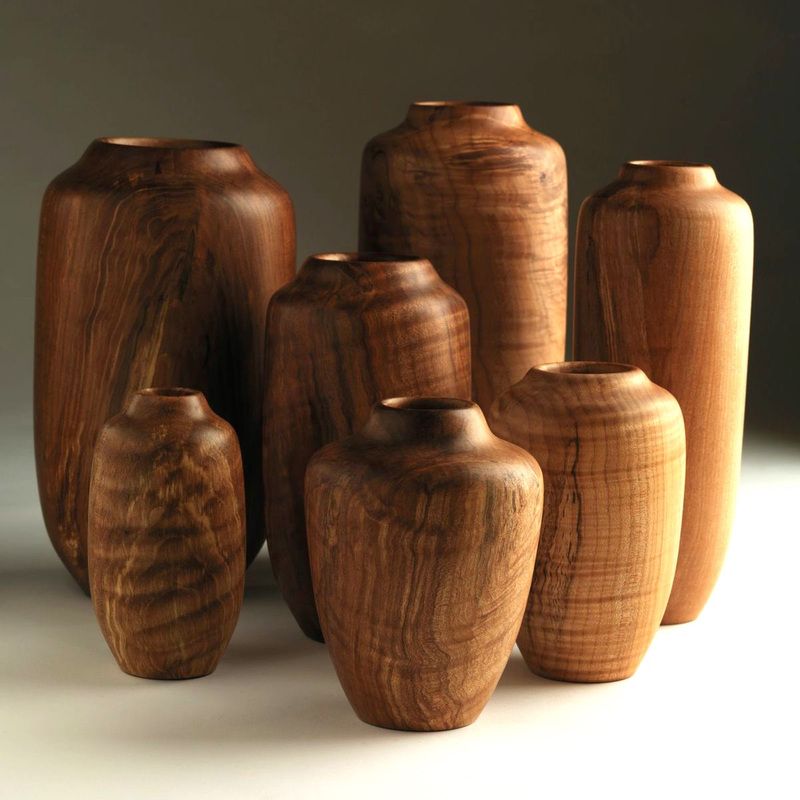
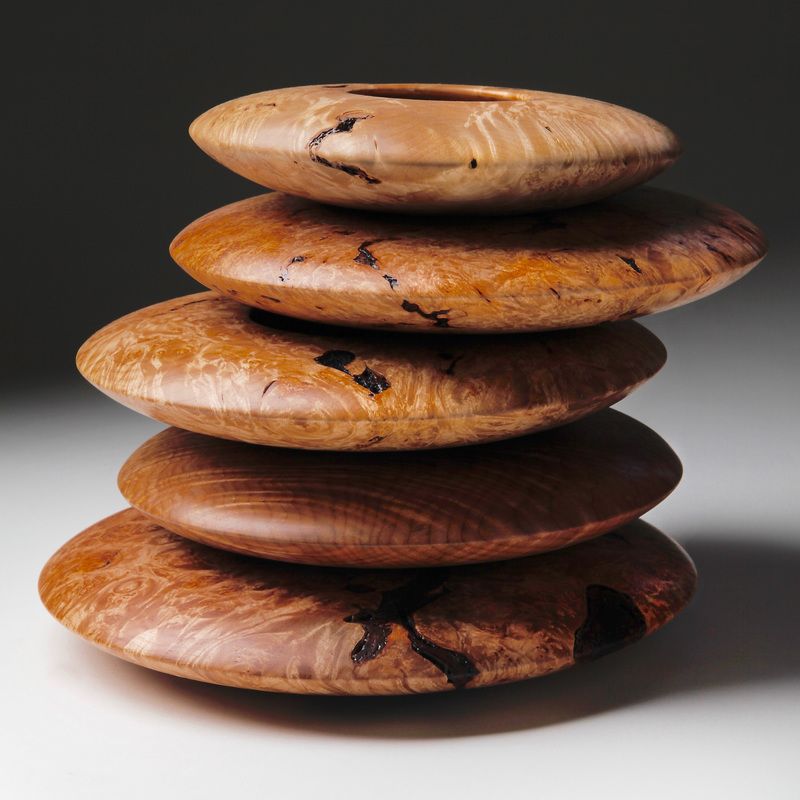










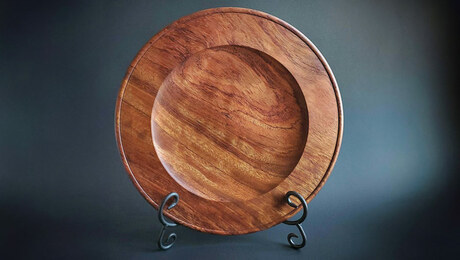


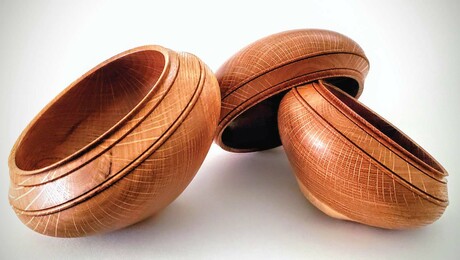








Log in or create an account to post a comment.
Sign up Log in